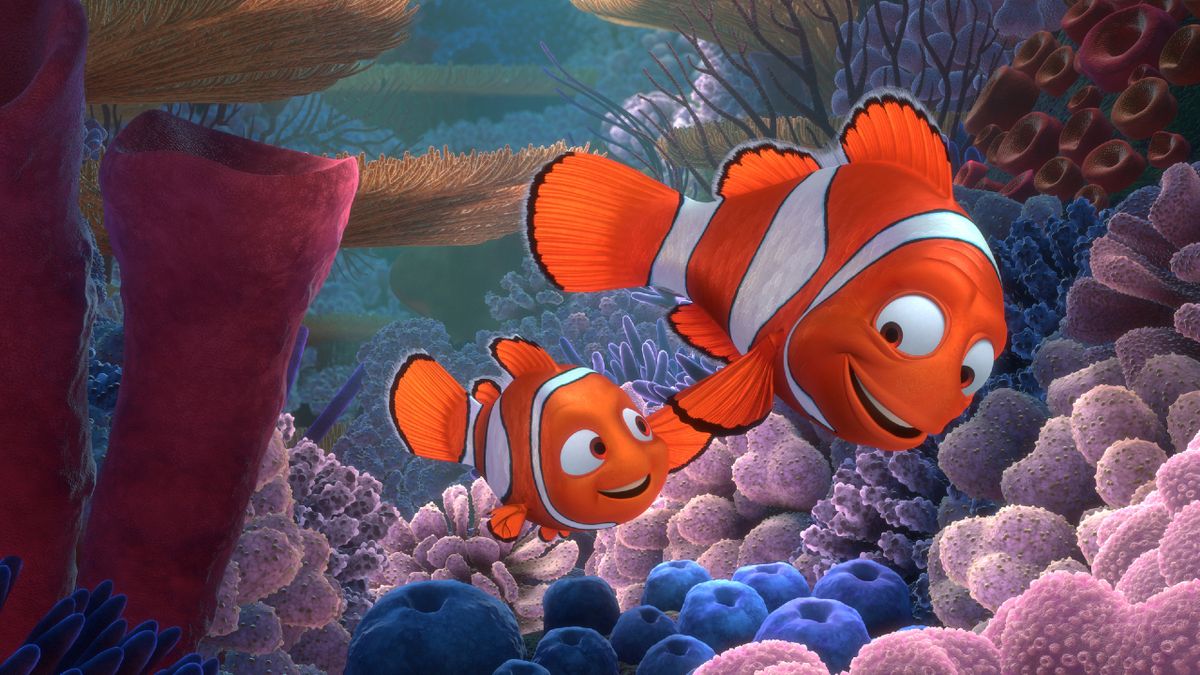
Galapagos iguana underwater
During his stop on the island, Charles Darwin found pieces of glass embedded in the flow. They were found to be from quince marmalade jars, and the year of their manufacture, 1684, was moulded in their base. The volcanic flow had permanently embedded a marmalade stash left by buccaneers. This ow, now referred to as the “Marmalade Pot Flow”, therefore must have erupted between the jars manufacturing in 1684 and Darwin’s arrival in 1835. Today the “Marmalade Pot Flow” remains frozen in time within a black shiny veneer of basaltic glass.
In the cool and misty highlands of Santa Cruz , surrounded by otherworldly cactus and scalesia forests, lie one of the oldest creatures in the world, the iconic Galapagos Tortoise. No visit to the islands are complete without seeing these giant lumbering creatures, and after hiking for over five hours in the searing heat to see only two small tortoises we decide to drive to Reserva El Chato.

Once farmland, the rangers have preserved the region by hunting predators and creating a safe space to prevent the further destruction of the tortoise population. As they are slow and meaty, they were almost hunted to extinction by humans, and are now very heavily protected in grounds such as this.
Here you can see huge, mature wild tortoises in their natural habitat. These primordial creatures grow up to five feet long, weigh over 500 pounds, and have been known to live over 150 years, making them the largest turtles on earth, and the world’s longest living vertebrates.

Galapagos Green Sea Turtle (Chelonia mydas agassizi) underwater
Roam through the damp grounds, best done in enclosed wet weather shoe, around muddy ponds lined with their huge domes shapes, their heads buried under the mud. It is believed that they enjoy their pond baths as a thermoregulation mechanism for heating or cooling, depending on the temperature. They could be riddled themselves of ticks and mosquitoes, or it may just feel really good.
Most of these wild tortoises migrate to the lowlands for the wet season where they mate and nest before returning to the highlands for the dry season. It is said that the only way to be bitten by this creature is to place your hand within its open jaws and wait patiently. Though terribly unlikely, the tortoises jaws are strong and lined with sharp ridges, and could easily bite off a human finger if mistaken for food.
We are reminded to respect these docile, gentle animals with the two metre rule, which applies to most creatures within the Galapagos. Sudden movements or getting too close causes these sensitive beings to withdraw within their carapaces and make a hissing sound as air is being expelled from their lungs.
Sit patiently and quietly, and they may decide to take a closer look at you. I gently shift my position as one meanders past, almost nudging into me to get access to the rough pathway.
These gentle creatures have even come up with a passive aggressive means of fighting each other, where they face each other with their most ferocious glares, open their mouths and stretch their heads up as high as they can. The winner is the one whose head reaches the highest, while the loser pulls his head into his shell as a sign the battle is over.

In between the excitement of island visits, there’s plenty of time for reflection while travelling by boat. Some spend it looking over photographs from their last adventure, some disconnect completely from the hustle and bustle of ordinary life and lose themselves in the moment, while others struggle with the motion of the waves and nausea. I was all of these people, at different times.
Speaking of people, this is a problem that continues to be an issue for the growing Galapagos. There are so many recommendations and treaties in place from various levels of government and not-for-profit organisations that it is impossible to tell what is current and binding.

Since 2009, in an attempt to limit population growth, the government kicked out thousands of Ecuadorians from their residences in Puerto Ayora, the main economic hub. It is now impossible to apply for permanent residency within the islands. This has left the islands with an unsettling ethical dilemma, as many residents now feel that they are less important than the animals they protect for the benefit of a booming tourism market.
It is equally hard to argue with the government’s stance that without the wildlife there wouldn’t be a booming economy for the Ecuadoreans to benefit from. Regardless of the politics involved, the local population continue to dedicate their lives to not only protect and preserve, but also to provide access of this UNESCO awarded world heritage site.
Our guides were so informative and enthusiastic that by the end of the trip we felt like wildlife experts. Their local knowledge gave a deeper understanding to the history and nature of the archipelago, and enriched our experience.

Due to the fragile ecosystem of the Galapagos archipelago and its priceless natural resources, the Ecuadorian government heavily regulates the tourist industry on the islands. As much of the islands are National Parks, there are only one or two boats in a particular port or point of disembarkation at a time, and strict guidelines apply for the ship routes and island visits.
Permits to access the different islands and waterways are a premium cost, and no tenders are permitted to run to shore. Therefore, having arrived by superyacht presented many challenges for us. To set foot off the yacht requires a taxi boat, to access the islands takes planning, a registered local guide and heavily restricted boat hire. To expect the usual autonomy provided by travelling in your own vessel is to be gravely disappointed. It’s hard not to notice the many ways that the Galapagos Islands have been tainted by the immense growth in tourism over the years, to doubt that it can live up to its immense hype.
Documentaries play spectacular footage of the archipelago, capturing seemingly impossible angles of the countless endemic species. Fuelled by these images, I believed this famous archipelago to be a secret garden, a remote tropical paradise lled with indescribable wildlife, untamed yet unafraid.
I imagined perfectly. It was all of this and so much more. Some of these added extras may not have been what I expected or wanted, but they became a piece of the puzzle. The Galapagos lls the senses with the stuff of legend. The geography of the islands and variety of landscapes saw us peering over the rim of enormous crates, standing on rivers of lava ow, traversing salt water lagoons lled with amingos. And the wildlife. Nothing will prepare you for such close encounters with nature. Those impossible angles that the documentaries managed to capture? I caught them too.
Yes, there are a lot more people than you might expect.
Yes, it is expensive. You pay for the privilege of visiting one of the most remote and highly protected places in existence.
Will you regret it? Not for a second.






